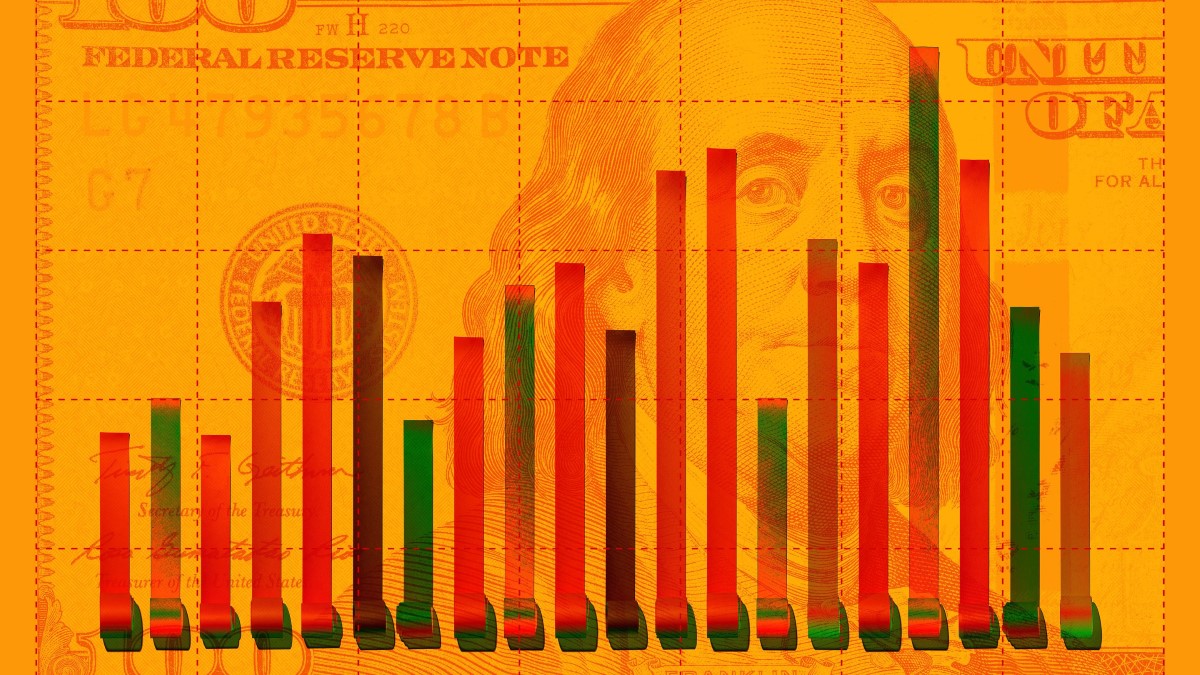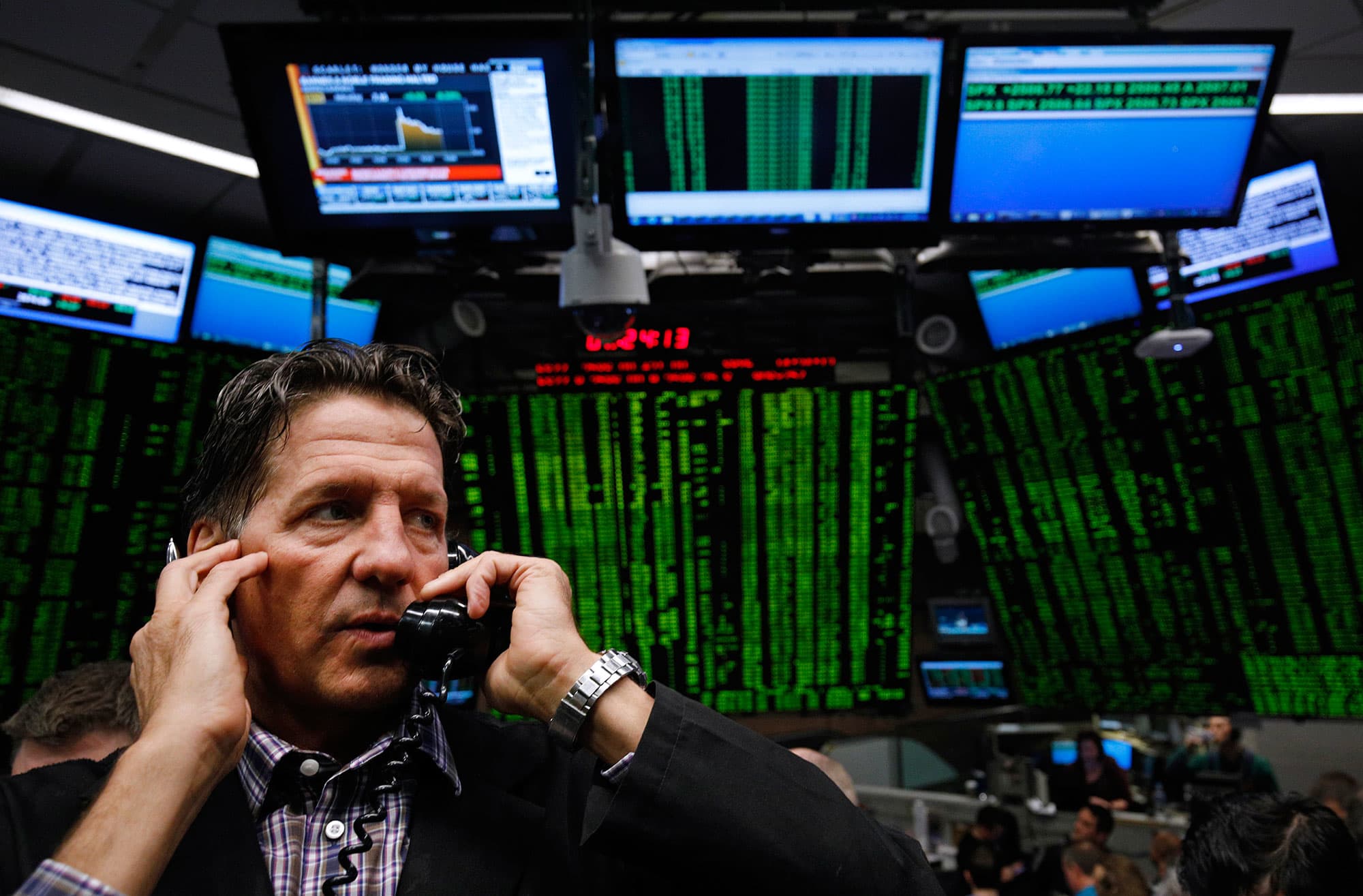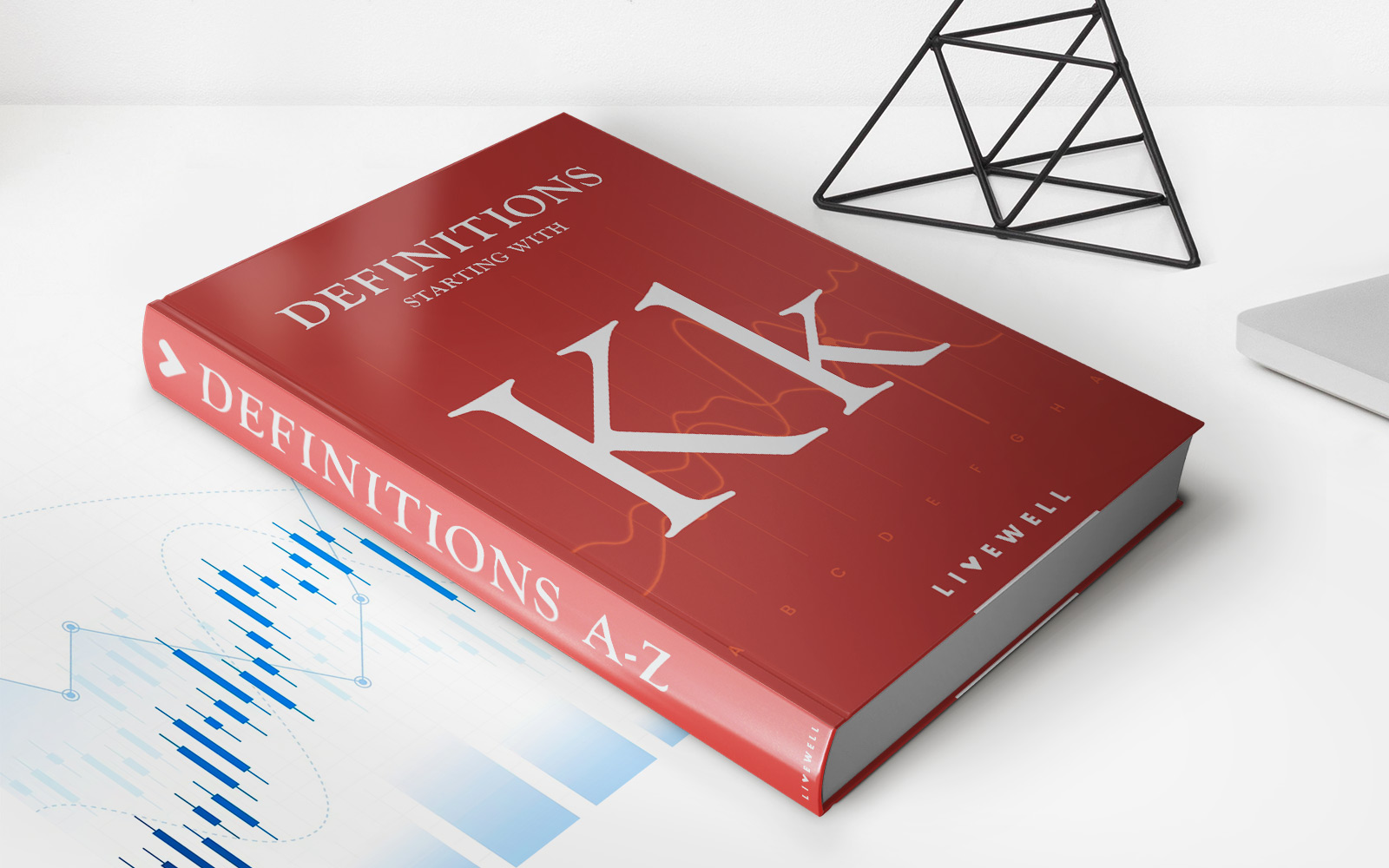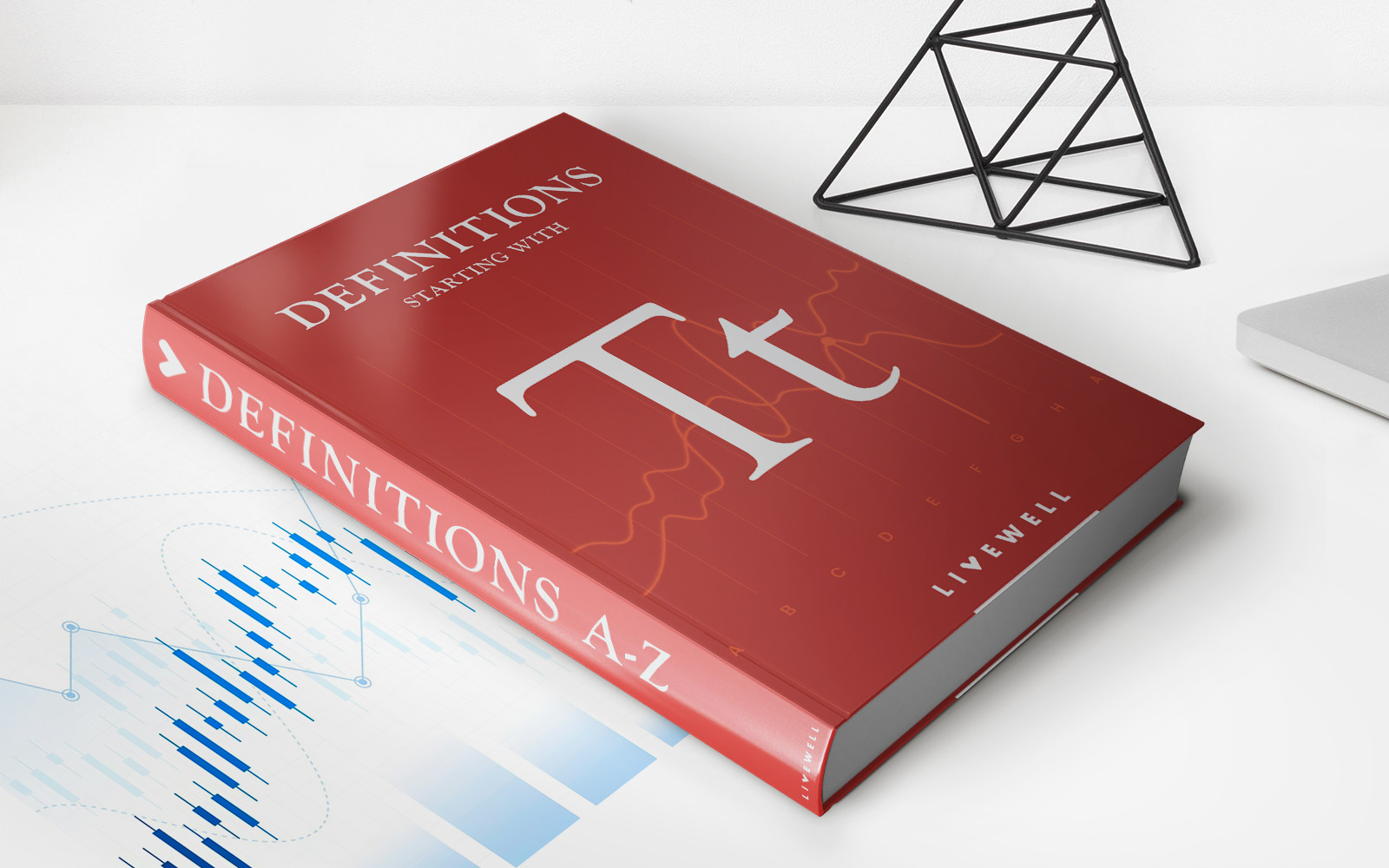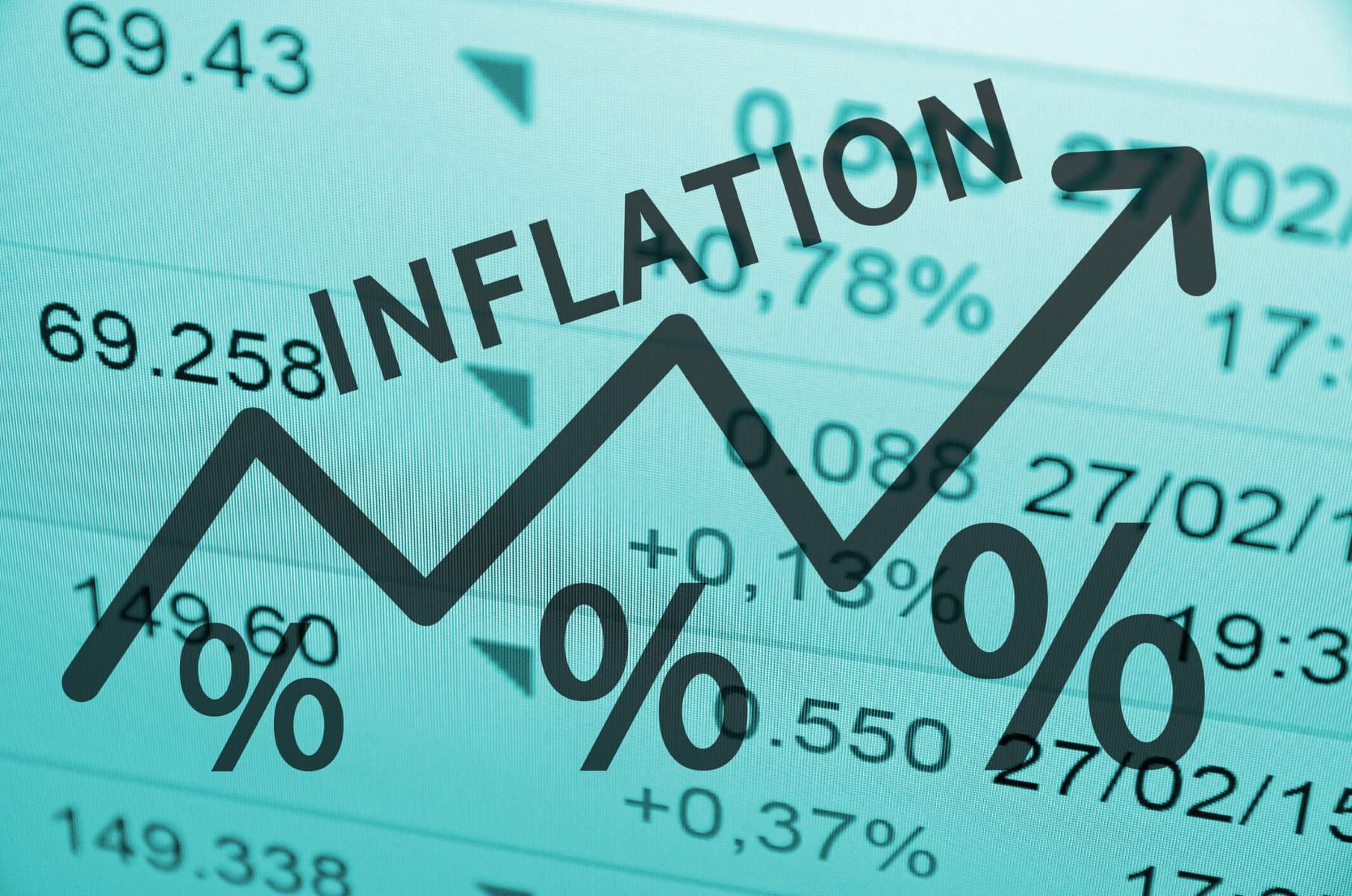

Finance
How Does Investment Affect Inflation?
Published: October 19, 2023
Understanding the impact of investment on inflation and its role in the finance world. Explore how finance and investment influence inflation.
(Many of the links in this article redirect to a specific reviewed product. Your purchase of these products through affiliate links helps to generate commission for LiveWell, at no extra cost. Learn more)
Table of Contents
Introduction
Investment and inflation are two key components of the economic landscape that have a significant impact on individuals, businesses, and governments worldwide. Understanding the relationship between investment and inflation is crucial for making informed financial decisions and developing effective monetary policies.
Investment refers to the allocation of resources, such as money and assets, with the expectation of generating returns or creating future value. It plays a vital role in driving economic growth, as it promotes the development of businesses, infrastructure, and innovation. On the other hand, inflation is the rate at which the general level of prices for goods and services is rising and, as a result, the purchasing power of currency is falling.
So, how do investment and inflation intersect? While investment can stimulate economic activity and potentially drive up prices, inflation can significantly impact the returns on investments by eroding the real value of money over time. The relationship between investment and inflation is complex and can vary depending on various factors.
In this article, we will delve deeper into the dynamics of investment and inflation, exploring the relationship between the two and understanding how investment can affect inflation rates. We will examine the factors influencing this relationship, provide relevant case studies and examples, and outline the potential risks and drawbacks associated with investment-driven inflation.
By gaining a comprehensive understanding of the interconnectedness of investment and inflation, readers will be better equipped to navigate the ever-changing financial landscape, make informed investment decisions, and adapt their strategies to mitigate inflationary risks.
Understanding Investment
Investment is a fundamental concept in finance and economics, encompassing the allocation of resources with the expectation of generating future returns or creating value. It involves the purchase or acquisition of financial assets, such as stocks, bonds, real estate, or business ventures, with the aim of generating income, capital appreciation, or both.
There are various forms of investment, including short-term investments like money market funds, long-term investments like retirement accounts or buying a house, and investment in businesses or startups. The choice of investment depends on factors such as risk tolerance, investment goals, time horizon, and market conditions.
Investments can be categorized into two broad types: financial investments and physical investments. Financial investments involve the purchase of financial assets that are traded in financial markets, such as stocks, bonds, and derivatives. Physical investments, on the other hand, involve the acquisition of tangible assets like real estate, machinery, or infrastructure.
The primary objective of investment is to generate a return on the invested capital, which can be achieved through income in the form of dividends, interest, rental payments, or capital appreciation when the value of the investment increases over time. Investors typically assess the potential returns and risks associated with an investment before making a decision.
Diversification is a commonly employed strategy in investment. It involves spreading investments across different asset classes, sectors, or geographical regions to reduce risk and potentially enhance returns. By diversifying, investors can minimize the impact of adverse events on their overall portfolio, as the performance of one asset may offset the performance of another.
Investments are not without risks. Market volatility, economic conditions, regulatory changes, and company-specific factors can influence investment performance. Understanding risk factors and conducting thorough research and analysis are essential steps in making informed investment decisions.
In summary, investment involves allocating resources with the expectation of generating future returns or creating value. It encompasses various forms of financial and physical investments and aims to generate income or capital appreciation. Understanding the different investment options, risks, and strategies is essential for individuals and businesses seeking to build wealth and achieve their financial goals.
Understanding Inflation
Inflation is a crucial economic concept that measures the rate at which the general level of prices for goods and services is rising. It means that, over time, the purchasing power of a unit of currency decreases, as it can buy fewer goods and services.
There are several causes of inflation, including the supply and demand dynamics within an economy. Demand-pull inflation occurs when demand for goods and services outpaces supply, leading to an increase in prices. On the other hand, cost-push inflation occurs when the production cost of goods and services rises, forcing businesses to pass on the increased costs to consumers.
Inflation is typically measured using inflation indices, such as the Consumer Price Index (CPI) or the Producer Price Index (PPI), which track the price changes of a basket of goods and services over time. Central banks and policymakers closely monitor inflation rates as high or volatile inflation can have significant effects on the economy.
There are various impacts of inflation on individuals, businesses, and the overall economy. One of the key effects is the erosion of purchasing power. As prices rise, the amount of goods and services that can be purchased with a fixed amount of money decreases, reducing the standard of living for individuals.
Inflation can also have an impact on businesses. Rising costs of production can eat into profit margins, and businesses may have to increase the prices of their products or services to maintain profitability. This can lead to reduced consumer purchasing power and impact overall economic activity.
Central banks play a crucial role in managing inflation through monetary policy tools. By adjusting interest rates or implementing quantitative easing measures, central banks can influence borrowing costs, money supply, and economic activity to maintain stable inflation rates. The target inflation rate may vary across countries, but it is generally set around 2%.
Deflation is the opposite of inflation and occurs when there is a sustained decrease in the general price level. While deflation may initially sound favorable as prices decrease, it can signify a weak economy, reduced consumer spending, and increased unemployment.
In summary, inflation is the rate at which the general level of prices for goods and services is rising, leading to a decrease in the purchasing power of money over time. It is influenced by factors such as supply and demand dynamics and production costs. Inflation has significant impacts on individuals and businesses, and central banks play a crucial role in managing and stabilizing inflation rates through monetary policy measures.
Relationship Between Investment and Inflation
The relationship between investment and inflation is complex and multifaceted. While investment can drive economic growth and potentially contribute to inflationary pressures, inflation can also significantly impact the returns on investments by eroding the purchasing power of money over time.
Investment can have both direct and indirect effects on inflation. Directly, investment in productive capacities such as factories, infrastructure, and technology can stimulate economic activity and increase the production of goods and services. This increased production can lead to higher demand for resources, labor, and raw materials, potentially driving up their prices and contributing to inflation.
Indirectly, investment can also have an impact on inflation through its effect on aggregate demand. Increased investment can spur economic growth, leading to higher incomes and greater consumer spending. This increased demand for goods and services can create upward pressure on prices, contributing to inflationary tendencies.
On the other hand, inflation can affect investments in several ways. One of the primary impacts of inflation on investments is the erosion of the real value of money over time. As prices rise, the purchasing power of money decreases, reducing the returns on investment in real terms. This is particularly relevant for investments with fixed returns, such as bonds or savings accounts.
Inflation can also influence investment decisions by altering the perception of risk and return. High or volatile inflation rates can introduce uncertainty into the economic environment, making it difficult for investors to accurately forecast future returns. This uncertainty can lead to a shift in investment preferences towards assets that historically perform well during inflationary periods, such as real estate, commodities, or equities.
Furthermore, inflation can impact the cost of borrowing and interest rates, influencing investment decisions. Central banks often adjust interest rates in response to inflationary pressures. Higher interest rates can increase the cost of borrowing, making it more expensive for businesses to invest and expand their operations. This can have a dampening effect on investment activity.
In summary, the relationship between investment and inflation is intertwined. Investment can contribute to inflationary pressures through increased economic activity and demand, while inflation can impact investments by eroding the real value of money and influencing investment decisions. It is essential for investors and policymakers to closely monitor and understand the dynamics of this relationship to make informed financial decisions and implement appropriate monetary policies.
Impact of Investment on Inflation
Investment plays a significant role in driving economic growth and development, and it can have both positive and negative impacts on inflation. The impact of investment on inflation is largely dependent on the scale and nature of the investment, as well as the overall economic conditions.
One of the primary ways in which investment can impact inflation is through increased economic activity and demand. When businesses invest in expanding their operations, building infrastructure, or developing new technologies, it leads to job creation, higher incomes, and increased consumer spending. This surge in demand can push the prices of goods and services higher, contributing to inflationary pressures.
Moreover, investment in sectors such as real estate and construction can directly impact housing prices. Increased investment in these sectors can create a higher demand for housing, leading to rising prices, which can spill over into other sectors and contribute to overall inflation.
Investment in productive capacities and technological advancements can also lead to increased efficiency and productivity in the economy. This improved productivity can lower production costs, which can help to moderate or offset inflationary pressures. For example, investments in automation technology or research and development can lead to cost savings that are passed on to consumers in the form of lower prices.
Furthermore, investment in sectors that contribute to the supply of essential goods, such as agriculture or energy, can help to stabilize prices and prevent excessive inflation. Increased investment in these sectors can enhance production, reduce supply shortages, and keep prices in check.
However, the impact of investment on inflation is not always straightforward. In some cases, investment can lead to overcapacity or excess supply, which can put downward pressure on prices. This can happen when there is excessive investment in certain sectors or when investments are not aligned with actual demand. In such situations, the impact on inflation may be minimal or even deflationary.
It is important to note that the relationship between investment and inflation is influenced by various factors, including the overall state of the economy, fiscal and monetary policies, and market dynamics. The timing and sequencing of investment projects, as well as the efficiency of investment allocation, also play a role in determining the impact on inflation.
In summary, investment can have a significant impact on inflation, both positively and negatively. Increased investment can drive economic activity and demand, leading to higher prices and inflationary pressures. However, investment can also contribute to improved productivity, cost reduction, and stability in essential sectors, which can help to mitigate inflation. The impact of investment on inflation is contingent on a range of factors, and understanding these dynamics is crucial for policymakers and investors alike.
Factors Influencing the Relationship
The relationship between investment and inflation is influenced by various factors that can amplify or moderate their interconnected dynamics. These factors include economic conditions, government policies, market expectations, and global trends. Understanding these factors is essential for comprehending the complexities of the relationship between investment and inflation.
1. Economic Conditions: The overall state of the economy can strongly influence the relationship between investment and inflation. During periods of economic expansion and high aggregate demand, increased investment can further drive up prices and contribute to inflation. Conversely, during economic downturns or recessions, a decrease in investment may alleviate inflationary pressures.
2. Monetary and Fiscal Policies: Government policies, particularly those related to monetary and fiscal measures, can significantly impact the relationship between investment and inflation. Central banks’ monetary policies, such as interest rate adjustments or quantitative easing, can influence borrowing costs and investment activities. Fiscal policies, including government spending, taxation, and investment incentives, can directly affect investment levels and indirectly impact inflationary pressures.
3. Market Expectations: Market participants’ expectations about future inflationary trends can influence investment decisions. If investors anticipate high or volatile inflation, they may adjust their investment strategies by seeking assets that historically perform well during inflationary periods. These expectations can impact asset prices and have feedback effects on actual inflation rates.
4. Global Trends and External Factors: Global economic trends and external factors, such as commodity prices, exchange rates, and trade policies, can have spill-over effects on investment and inflation. For example, fluctuations in oil prices can impact production costs and transportation expenses, which can influence both investment decisions and inflation rates.
5. Investment Allocation and Efficiency: The allocation and efficiency of investments also play a role in shaping the relationship between investment and inflation. When investments are directed towards productive capacities and technological advancements, it can enhance productivity and potentially lower production costs, contributing to price stability. However, inefficient investment allocation or misalignment with actual demand can lead to overcapacity or supply imbalances, affecting inflation outcomes.
6. Inflation Expectations and Wage Dynamics: Expectations about future inflation and wage dynamics can influence investment decisions. If there is an expectation of high inflation, businesses may increase investment to secure profit margins or protect against inflation-induced losses. Wage dynamics, such as negotiations and adjustments based on inflation expectations, can also impact investment decisions and overall inflation patterns.
It is important to acknowledge that the influence of these factors is not always straightforward and can vary across different economic contexts. The relationship between investment and inflation is highly complex and can be subject to feedback loops and dynamic interactions.
In summary, the relationship between investment and inflation is influenced by various factors, including economic conditions, government policies, market expectations, global trends, investment allocation, and inflation expectations. These factors can amplify or moderate the impact of investment on inflation and contribute to the ever-evolving dynamics between the two.
Case Studies and Examples
Examining case studies and examples can provide valuable insights into the relationship between investment and inflation and illustrate the real-world dynamics at play. Here are a few notable cases that highlight different aspects of this relationship:
1. The Great Recession and Quantitative Easing:
During the global financial crisis of 2008, many economies faced a severe recession, with significant deflationary risks. To stimulate economic growth and prevent deflation, central banks, such as the U.S. Federal Reserve, implemented large-scale quantitative easing (QE) programs. By purchasing government bonds and other securities, central banks aimed to inject liquidity into the economy and encourage investment. This expansionary monetary policy helped to revive economic activity, but it also raised concerns about potential inflationary pressures in the future. However, despite the substantial increase in monetary supply, inflation remained relatively subdued, partly due to the persistently weak demand and slack in the economy.
2. Investment in Emerging Markets:
In recent years, many emerging market economies have experienced a surge in foreign investment. The influx of capital has contributed to increased economic activity and growth, leading to upward pressure on prices. For example, China experienced rapid investment-driven growth over the past few decades, leading to inflationary pressures, particularly in real estate and commodities markets. To control inflation, the Chinese government implemented various measures such as tightening monetary policy and imposing stricter regulations on the property market.
3. Infrastructure Investment and Inflation:
Investment in infrastructure projects, such as airports, seaports, and transportation networks, can have significant impacts on inflation. For instance, the development of a high-speed rail network in a country can boost economic activity, leading to increased demand for labor, raw materials, and services. This surge in demand can potentially drive up prices and contribute to inflation. However, the long-term benefits of improved infrastructure, such as enhanced connectivity and productivity gains, can also offset inflationary pressures by increasing efficiency and lowering production costs.
4. Commodity Price Volatility and Investment:
Commodity prices, such as oil, gold, and agricultural products, can have a profound effect on investment and inflation. For example, a sudden increase in oil prices can impact production costs and transportation expenses, leading to higher prices for goods and services. This, in turn, can influence investment decisions as businesses may redirect resources towards sectors less vulnerable to commodity price volatility. Additionally, increased investment in the production of commodities can contribute to inflationary pressures if demand outpaces supply.
These case studies highlight the diverse nature of the relationship between investment and inflation and demonstrate how various factors can influence their dynamics. Economic conditions, monetary and fiscal policies, investments in specific sectors, and external shocks all play significant roles in shaping the outcomes. Understanding these cases can provide valuable insights into the potential impacts of investment on inflation and the strategies implemented to manage them.
Potential Risks and Drawbacks
While investment can contribute to economic growth and development, there are inherent risks and drawbacks associated with the relationship between investment and inflation. It is essential to understand these potential risks to make informed investment decisions and mitigate their impacts:
1. Inflation Erodes Investment Returns:
High or unstable inflation can erode the real value of investment returns over time. If the rate of return on an investment does not exceed the inflation rate, investors may experience a decrease in purchasing power. This is a particular concern for fixed-income investments like bonds or savings accounts that offer fixed returns. It is crucial for investors to consider inflation when assessing the potential risks and returns of an investment.
2. Uncertainty and Volatility:
Inflationary pressures can introduce uncertainty and volatility into the investment landscape. Rapidly changing prices and unpredictable inflation rates can make it challenging for investors to forecast future returns and make informed investment decisions. This uncertainty can lead to market fluctuations, making it crucial for investors to carefully assess investment opportunities and consider risk management strategies.
3. Misallocation of Resources:
Excessive investment or misallocation of resources can occur when investment decisions are driven by expectations of high inflation. This can lead to overcapacity or bubbles in certain sectors, creating imbalances in the economy. When investments are not aligned with actual demand, it can result in reduced efficiency, wasted resources, and potential economic downturns if the bubble bursts. It is essential for investors and policymakers to carefully evaluate investment opportunities and ensure that they align with long-term economic fundamentals.
4. Increased Borrowing Costs:
In response to inflationary pressures, central banks may tighten monetary policy by raising interest rates. Higher interest rates can increase borrowing costs for businesses and individuals, which can impede investment activities. When borrowing becomes more expensive, businesses may delay or reduce investment plans, affecting economic growth and employment opportunities.
5. Distorted Asset Prices:
Inflationary environments can lead to distorted asset prices. As investors seek assets that historically perform well during inflationary periods, the demand for these assets can increase. This increased demand can drive up prices, potentially leading to asset bubbles. Investors should be cautious when valuing assets and consider the potential impacts of inflation on asset prices.
6. Negative Impact on Fixed-Income Investments:
Inflation can have a particularly detrimental impact on fixed-income investments, such as bonds or annuities, as they offer fixed returns. When the purchasing power of money decreases due to inflation, the fixed income generated by these investments may not keep pace with rising prices, resulting in a decrease in real returns. Investors should carefully assess the potential risks and returns of fixed-income investments in inflationary environments.
It is crucial for individuals and businesses to carefully consider these risks and drawbacks when making investment decisions. Understanding the potential impact of inflation on investments and implementing appropriate risk management strategies can help mitigate the negative effects and enhance the resilience of investment portfolios.
Conclusion
The relationship between investment and inflation is intricate and influenced by various factors. Investment can stimulate economic growth, contribute to inflationary pressures, and impact the returns on investments. On the other hand, inflation can erode the real value of money and influence investment decisions.
Understanding the dynamics of investment and inflation is crucial for individuals, businesses, and policymakers. Investment can drive economic activity and create jobs, but it can also contribute to increased prices and inflation. Proper monitoring and management of investment activities are necessary to balance these effects and mitigate potential risks.
Factors such as economic conditions, government policies, market expectations, and global trends can shape the relationship between investment and inflation. These factors can amplify or moderate the impact of investment on inflation, making it essential for investors and policymakers to carefully assess and adapt their strategies accordingly.
While investment has the potential to generate returns and contribute to economic growth, it is not without risks. Inflation can erode investment returns, introduce uncertainty and volatility, and distort asset prices. Additionally, misallocation of resources and increased borrowing costs can impact investment activities.
To navigate the relationship between investment and inflation effectively, investors should carefully consider the potential risks and drawbacks. They should assess investment opportunities based on their inflation sensitivity, evaluate risk-adjusted returns, and implement appropriate risk management strategies.
In conclusion, the relationship between investment and inflation is complex and dynamic. Understanding the impact of investment on inflation and the potential risks involved is crucial for making informed investment decisions and developing effective policies. By closely monitoring economic conditions, considering global trends, and evaluating investment opportunities, individuals and businesses can navigate the ever-changing financial landscape and achieve their financial goals.




